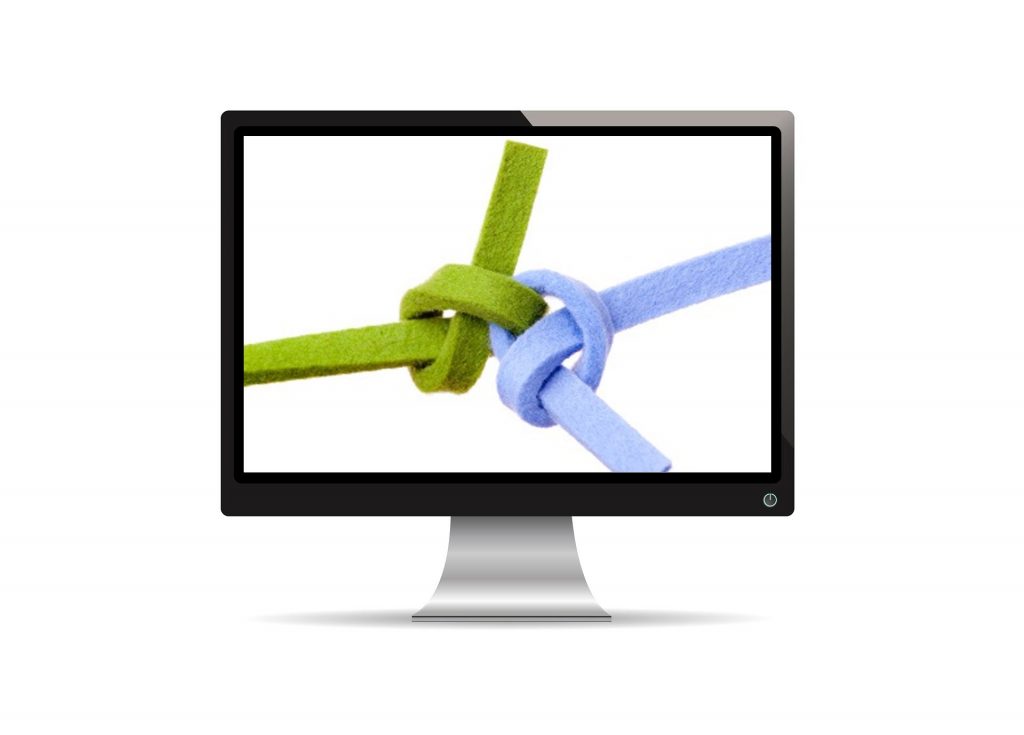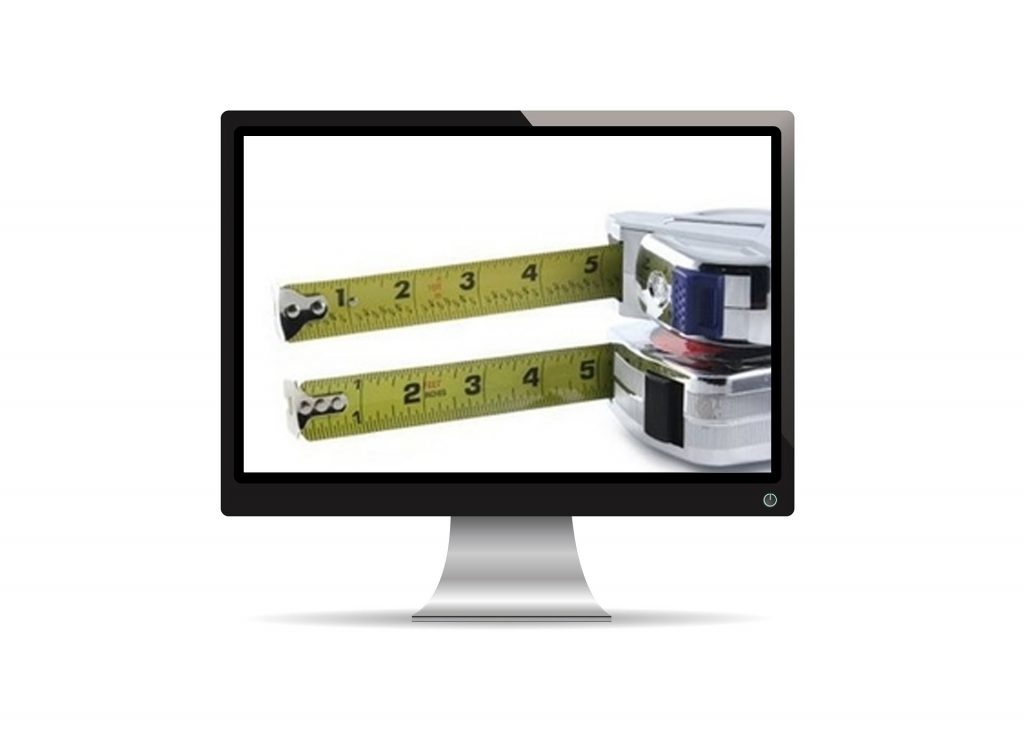Legendary Baseball Hall of Famer and Yankees catcher Yogi Berra once said, “You can observe a lot by watching.” The humor aside, there’s a lot of truth in that statement.
Skillz Middle East makes Digital Transformation happening for your company. We focus on the quick win to ensure Digital Marketing, e-learning, Web Meeting, Web Conferencing, Digital Signature, Digital Asset Management are ready to enhance your organization. Digital Marketing shall save money and bring a more efficient conversion for your brand and products.
As marketing professionals, we should always be observing our customers: Their habits, behavior, and feedback serve as a yardstick for measuring the strength of your company’s relationship with its customers.
And if you’re not watching your customers, someone else—probably your competition—is.
One way to understand customer metrics is to compare it to driving your car. When you’re behind the wheel, there’s a lot happening: You’re constantly monitoring the vehicle’s metrics, such as speed, engine temperature, and fuel levels, along with observing traffic and road conditions. There’s no justification for not bringing the same level of monitoring to your customers.
So how can marketing professionals turn Mr. Berra’s quip into an actionable plan?
The basic measurements most viewed are revenue and profitability. As long as those two are going up, why should anyone care? Simply put, as fast as these numbers go up… they can plummet. Customer preferences can change in a heartbeat… and if a company is caught flat-footed, next month’s sales results won’t look quite as rosy.
Having a strong understanding of your customers helps you spot warning signals before sales go completely south, as well as helping you to discover trends that can lead to new areas of growth and opportunity.
Here are five steps marketing professionals can take.
1. Continually monitor customer activity

Marketers should always be reviewing customer information. Metrics have quickly become the lifeblood of marketing, and modern measurement tools make it far easier than ever to produce stronger
As data pours in, you should be reviewing primary results while keeping an eye on the secondary information:
- Primary data refers to total sales, what products/services are the top sellers, the revenue generated, and the primary channel source.
- Secondary information can provide insight into the geographic regions, time of day, type of customer, purchase volume, product category breakdown, and price levels.
So what are some of the most effective ways to gather customer insight? A strong customer relationship management (CRM) system, such as Salesforce, is one of the best tools available. It addition to being able to capture detailed customer contact information, a CRM solution allows you to analyze granular data and find common threads.
For example, you might discover customers in Chicago have a greater response rate to email than those in Los Angeles. Plus, these customers are most likely to purchase after receiving two emails. You may also learn that Chicago-area customers make their purchases on Saturdays from big warehouse stores, whereas Los Angeles-area customers are more likely to respond to a Facebook campaign and make the purchase on Friday night from a local chain store.
And if your business offers a loyalty program, that data can be taken into account to understand who the most frequent buyers are, where they live, and how often they buy your products. The information can also be used to identify other customers who fit a similar profile; and, hopefully, you can convert that segment into loyal customers, too.
2. Ask for input

You can get feedback from your customers in a lot of ways. Surveys are probably one of the most widely used vehicles, but companies need to move beyond just scratching the surface of customer insight.
Customer preferences can change in an instant, and trying to accurately measure customer behavior can at times seem like trying to nail Jello to a wall. But asking the right questions and using the proper feedback vehicle can help you get a clear understanding.
A basic survey asking about favorability toward a product is one method, but it’s limited. Having customers rate their satisfaction on a scale of 1 to 5 is a start; though valuable and necessary, it gives you only a single data point of customer opinion, and it’s difficult to ask follow-up questions to probe a bit deeper for insight into the intensity of the response.
In-person interviews/surveys can be more helpful. Selecting a handful of customers and asking open-ended questions lets you discover what keywords and phrases they use to describe your
When conducting in-person interviews, it’s also important to include not only your most loyal customers but also those who aren’t as loyal. If you can talk
3. Build relationships

Marketers are always on the lookout for influencers who can help attract new customers. Your top influencers are probably right in front of you. Satisfied customers are sometimes your best salespeople, and developing relationships with them can lead to strong word-of-mouth promotion, which turns into higher overall sales.
Cultivating and maintaining relationships with customers is a vital step toward building customer loyalty and creating evangelists. It seems a simple idea, but it requires a tremendous amount of commitment from your entire company. The rewards, however, can be incredible.
To build relationships, you must know your customers well. You’ll then be able to identify potential influencers among them to cultivate them, which is why it’s important to have a CRM system that can help you manage your marketing and communication process.
This process, conducted properly, provides deep knowledge about your customers and gives you opportunities to reward loyalty with special deals, maintain an accurate record of feedback and communication, and spot downward trends before they turn into a landslide. Rather than being driven by a day of the week, contact can be based on specific actions, such as downloading a coupon, referring friends, or registering for a contest.
If customers feel their needs are being met, or better yet, exceeded, they are more likely to speak favorably about your business and rate it highly on sites such as Yelp or Google reviews.
4. Measure twice, cut once

Experienced carpenters and woodworkers follow the mantra of measuring everything twice before cutting the
Marketers already apply this principle when they ask their graphic design department to create several variations of an advertisement or brochure. Determining which option you prefer is a small version of A/B-testing. In this case, the marketing department is the customer. You may narrow it down to two designs, and test these on different external customer segments to determine which drives a stronger response.
A/B-testing is smart business. It’s prudent to test messages before engaging your full audience: If you blindly send an untested campaign to your entire customer base, it may be tough to recover if the campaign is ineffective.
If you’ve maintained and monitored your customer insights, you should already have confidence in the key campaign message. The A/B test will help you fine-tune it to reach maximum effectiveness. Furthermore, if you’re using CRM and marketing automation tools, you can A/B-test campaign messages against different customer segments, such as heavy users vs. casual users. Doing so helps you segment and customize your marketing to ensure it strongly resonates within targeted groups.
5. Understand communication channels

It’s a multichannel world. And the better you understand how your customers interact with it, the more effective your marketing campaigns will be. Customers don’t get their information from a single communication silo, they get it from multiple sources, including social media, websites, email, radio, search engines, and television commercials. If you know how your customers use each to get information, the better you can harness the power of each channel.
For example, understanding the advantages of the social media channels your customers use helps you stay in contact with them. You might offer special promotions to Twitter followers, make product announcements via Snapchat, and use Facebook as a customer support tool.
A customer who has a bad experience might go to Facebook and complain
In 2015, a long-time frequent flyer was having problems with his account and was unsuccessful in reaching the airline to get the problem resolved. After many fruitless efforts, he tweeted the airline to get its attention. Still, no response. He did, however, catch the attention of a competitor, which said he could transfer all his miles and maintain his well-earned status. That’s a big win
As a marketing professional, you need to know your customers. They’re more than just entries on a spreadsheet. Each has needs, and they’ve all determined that their needs can be met by your company. If you understand and manage the process for gaining customer insight, you will help your company continue to grow. If you don’t, your competition certainly will swoop in and take those valuable customers away from you.


![Harnessing Linkedin’s Professional Network For Growth [Infographic] Linkedin’s Professional Network](https://www.skillzme.com/wp-content/uploads/2025/02/hero-image-Linkedins-Professional-Network-200x200.jpg)



Good guide, thanks because you’re sharing with us your experience
i will aply these steps , than you
Your pics are awesome. Honestly, there was so much interesting information and details I wanted to know more about that I would have kept coming back if this
Great content on how to gain customers insight ! I’ll follow these 5 steps for sure. Thank you
First you need to find your audience on their favorite channel, in Ukraine people still like VK contact
I agree, we as a full service agency can train and educate you staff how to learn your customer insides. The rule of engagement did nut change since 1000 of years,
My boss always said, the more you know about your client, the more you can help him to trust you and an advisor is the best sales person